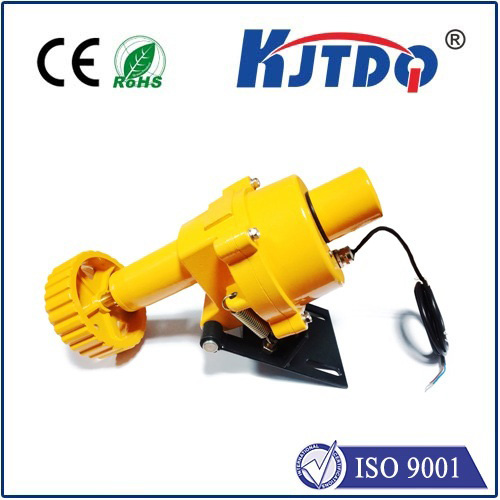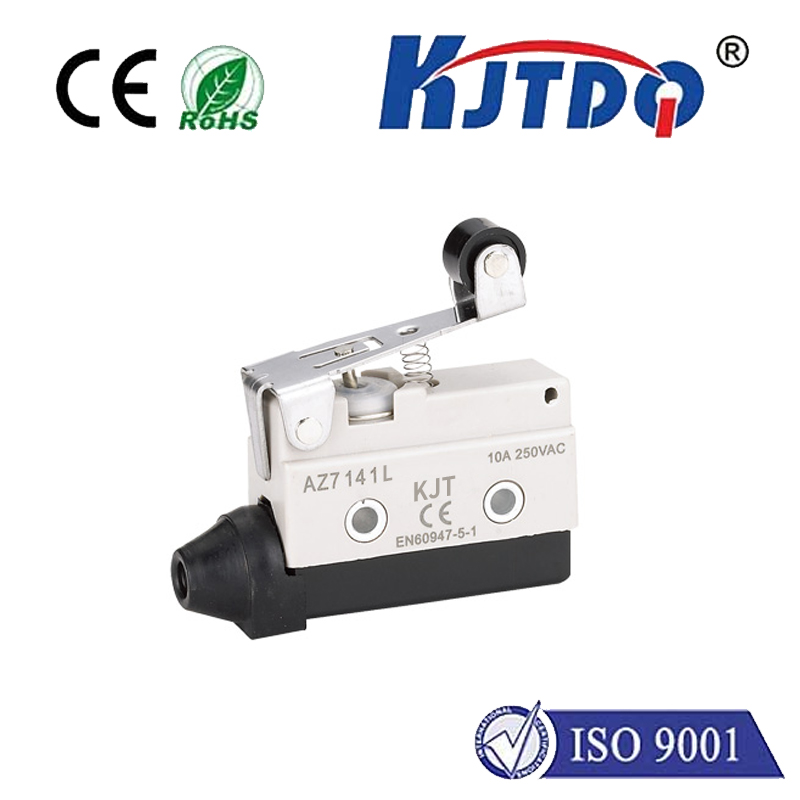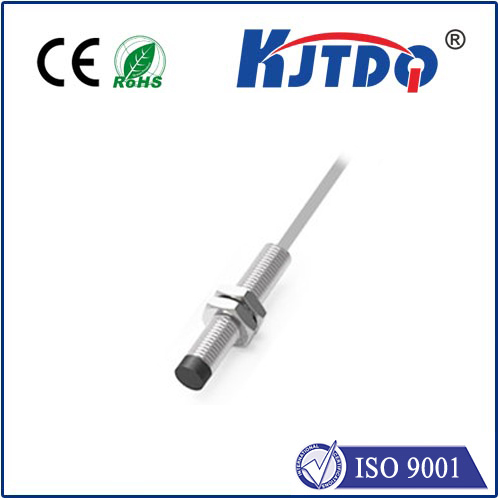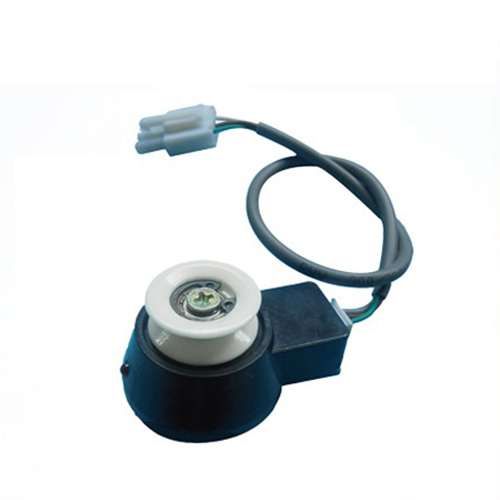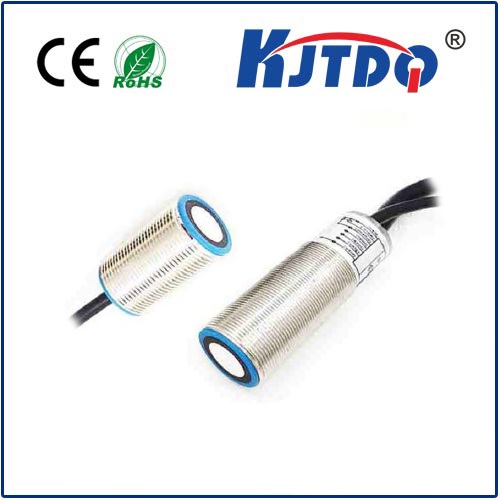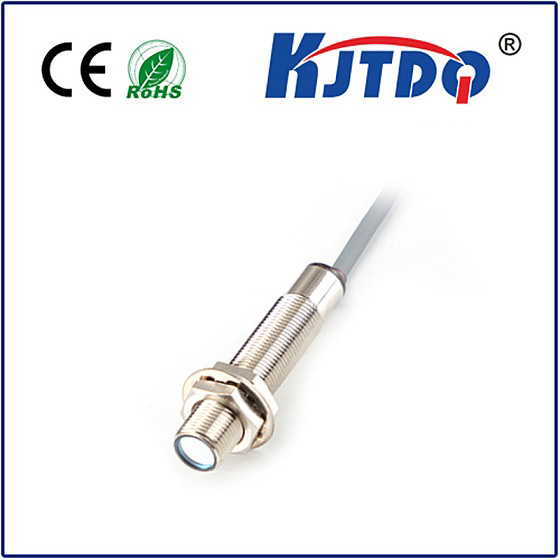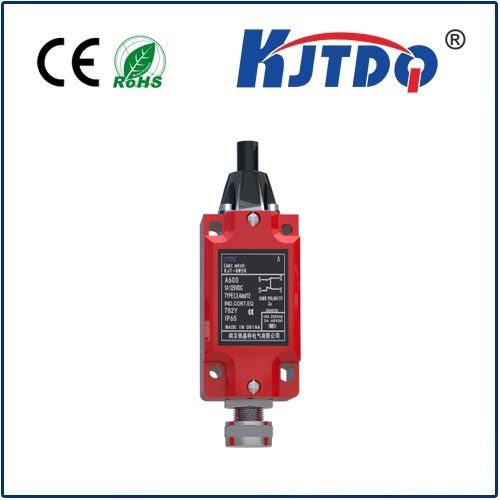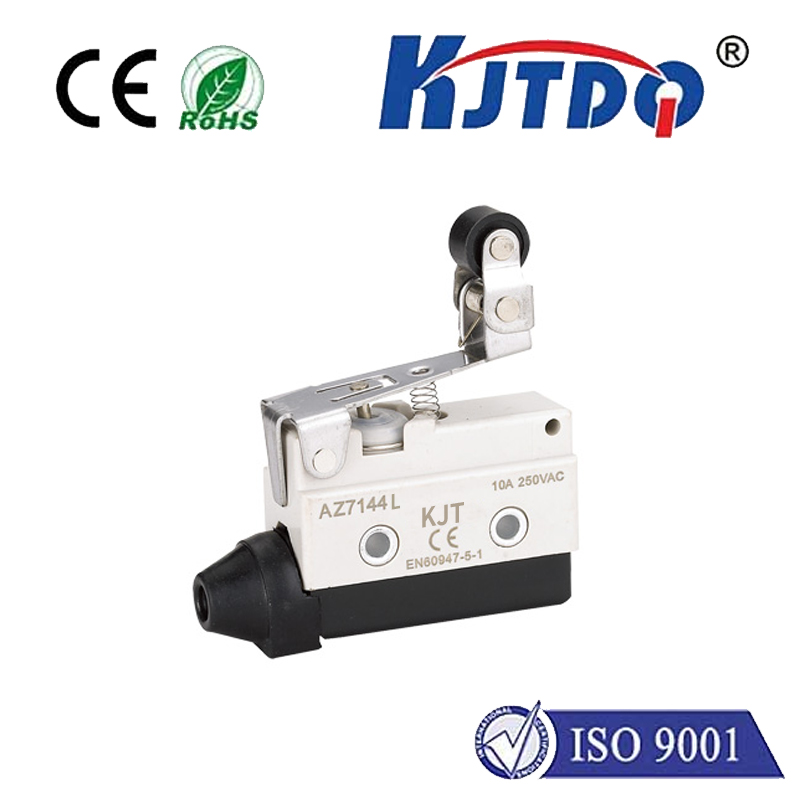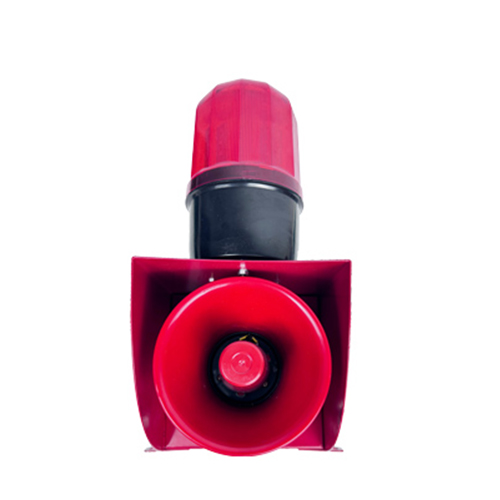

check

check

check

check

check

check

check

check

check

check
Laser Tachometer Sensor: A Revolutionary Tool for Precision Measurement
The laser tachometer sensor is a groundbreaking innovation that has revolutionized the field of precision measurement. This advanced technology utilizes laser beams to accurately measure the speed and rotation of various mechanical components, providing unparalleled accuracy and reliability. In this article, we will explore the features and benefits of the laser tachometer sensor, as well as its applications in various industries.
Firstly, the laser tachometer sensor is designed to provide highly accurate measurements of rotational speed, which is critical in many industrial processes. By using a non-contact method, it eliminates the need for physical contact with the component being measured, reducing the risk of damage or wear and tear. Additionally, the sensor can measure both stationary and moving targets, making it versatile for a wide range of applications.

One of the key advantages of the laser tachometer sensor is its ability to measure at high speeds and in challenging environments. It can operate effectively in harsh conditions such as extreme temperatures, vibration, and dust, ensuring reliable performance even in demanding situations. This makes it an ideal choice for industries such as manufacturing, automotive, aerospace, and power generation, where precise measurements are essential for quality control and safety.
Another benefit of the laser tachometer sensor is its ease of use and flexibility. The sensor can be easily mounted onto any surface, allowing for quick installation and setup. It also offers multiple measurement modes, including single-point, multi-point, and continuous monitoring, enabling users to choose the most appropriate mode for their specific application. Moreover, modern laser tachometer sensors often come equipped with advanced features such as data logging and wireless connectivity, further enhancing their functionality and convenience.
In addition to its technical capabilities, the laser tachometer sensor has numerous practical applications across various sectors. For instance, it is commonly used in the automotive industry to monitor engine speed and ensure proper gear engagement during testing and maintenance procedures. In manufacturing processes, it helps identify issues related to machinery imbalance or misalignment, allowing for prompt corrective actions. Furthermore, it plays a crucial role in wind turbine maintenance by measuring blade speeds and detecting potential problems before they escalate into costly repairs.
Lastly, the laser tachometer sensor's accuracy and reliability make it an indispensable tool for research and development purposes. Scientists and engineers rely on this technology to gather precise data on rotating machinery components, enabling them to optimize designs and improve overall efficiency. Its non-invasive nature also makes it suitable for studying delicate systems without causing any disruption or damage.
In conclusion, the laser tachometer sensor represents a significant advancement in the realm of precision measurement technology. Its unique features, such as high accuracy, non-contact measurement capability, and adaptability to various environments, have made it an essential tool in numerous industries. Whether you're involved in manufacturing, automotive engineering, aerospace design, or scientific research, incorporating a laser tachometer sensor into your workflow can help elevate your operations to new heights of precision and efficiency.
